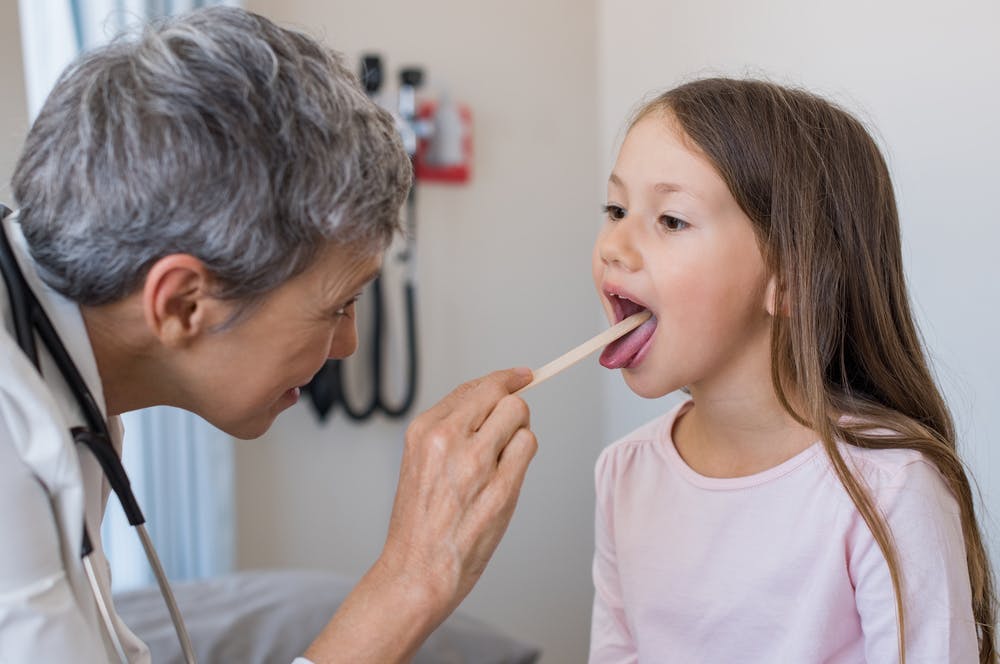Do's and don'ts of ear wax & ear wax removal
Earwax (cerumen) is naturally produced by glands in the skin of the external ear canal. It protects the ear and naturally cleans the ear canal. Once the earwax is formed, it gradually moves forward until it reaches the edge of the ear canal, where the canal joins the outer ear.
However, sometimes people experience wax buildup (called a cerumen impaction) that causes ear fullness or a “blocked” sensation, as well as diminished hearing. Here are some dos and don’ts of earwax and ear wax removal.
Do’s of ear wax removal
1) Let your earwax function naturally
Many people have incorporated cleaning their ears into their daily hygiene routine. However, ear wax is not a dirty or harmful substance; it’s a healthy, natural compound that keeps your ears clean and safe. So, the best thing you can do for your ears is to let wax go through its natural process.
2) Use over-the-ear headphones
Earbuds and ear pods can cause cerumen impactions because they push wax deeper into the canal and prevent wax from making its natural progression to the outer ear. So rather than using headphones that fit inside your ear canal, use over-the-ear headphones instead.
3) Use wax-softening drops
There are several over-the-counter ear drops you can use to help with ear wax removal. Once the wax is soft, you can rinse your ears out in the shower or wipe the wax out with a soft cloth.
These ear drops usually contain either hydrogen peroxide or glycerin and can be used safely according to the package directions. For people who are prone to ear wax buildup, using these drops at regular intervals can prevent wax buildup from turning into a complete blockage.
4) See a health care provider if you think you have a cerumen impaction
If your ears feel full or blocked, or if your hearing is muffled, it’s a good idea to seek medical attention. A health care provider can use a tool called an otoscope to examine your ear canals. If there is a cerumen impaction, they can use special tools to safely remove the wax. Common earwax removal methods include flushing the wax out with warm water or removing the wax with gentle suction.
Don’ts of ear wax removal
1) Don’t use Q tips
Q Tips often do more harm than good when it comes to ear wax removal because they push wax deeper into the ear canal, which leads to cerumen impaction. Also, Q Tips can also scratch the ear canal or puncture the eardrum. So as tempting as Q Tips may seem, avoid using them in your ears.
2) Don’t put your fingers in your ears
Some people use their fingers in lieu of Q Tips, but fingers should also not be inserted into the ear canals. Like Q Tips, fingers can push the wax deeper into the canal and cause a cerumen impaction. Also, fingernails can scratch the ear canal, which can lead to an infection.
3) Don’t use ear candles
Ear candling is a procedure in which a long wax-lined tube is inserted into the ear and then the outside edge is lit on fire. People who practice ear candling say that this heat creates suction that draws wax out of the ear. However, this procedure is rarely effective. Sometimes it makes the cerumen impaction worse. In other cases, ear candling can cause significant damage, including burn injuries, infections, and eardrum injuries.
4) Don’t put anything sharp or pointed into the ear canal
Some tools are sold as ear wax removal devices people can use at home to remove their own ear wax. But these devices are often sharp and/or pointed, so they can scratch the ear canal or puncture the eardrum. Instead of inserting these into your ear canal at home, see a health care provider who can use professional tools to safely remove any excess ear wax.
***
We’re here 7 days a week to care for you, save a spot online or you can just walk in.
***
Sources:
Written by Sarah Thebarge, Physician Assistant


